The second set being added to Legends of Runeterra is Call of the Mountain! Here's everything we know so far.
- Call of the Mountain releases on August 26!
- A new region is being added to the game - Targon!
- There are three different releases of Call of the Mountain, all with new cards (including champions).
- Card reveals for the set begin on August 11! Stay tuned to Out of Cards for more info.
- A new ranked season will begin when Call of the Mountain releases. You can earn a special icon based on performance.
Call of the Mountain Expansion Breakdown
Here's a timeline of what to expect from the Call of the Mountain release which includes the main set and two additional expansions.
Set and Expansion Releases on August 26, 2020
- 7 Champions
- 82 Non-Champion Cards
- New game modes
- New cosmetics
- New ranked season
Expansion 2 Releases October 2020
- 3 Champions
- 37 Non-Champion Cards
Expansion 3 Releases December 2020
- 3 Champions
- 37 Non-Champion Cards
After Call of The Mountain, we'll get a new set announcement in February 2021 alongside another new region. This new set will also have 3 card releases "expansions".
It is important to note that every region will get a new champion during a set, though it may not be in the first expansion of that set. The same goes for the cards within it, with some regions getting more cards that others initially though once all three expansions are launched for the set, regions will have even numbers of cards again.
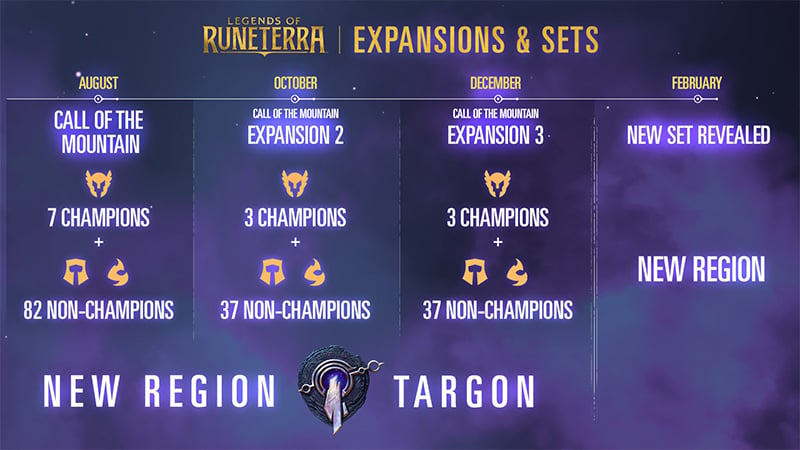
Call of The Mountain Trailer
Riot has published a new trailer for Call of The Mountain!
Official Blog
Quote From Riot Games On this towering mountain, cosmic beings lend their might to mortals. Astral dragons soar beyond the sky. Tribes of the faithful devote themselves to the sun, moon, and stars.
Welcome to Targon and Legend of Runeterra’s next expansion: Call of the Mountain.
But Call of the Mountain isn’t just an expansion—it’s also a set, with two more expansions to come.
What’s the Difference?
When Call of the Mountain drops on August 26, it kicks off a whole new structure for LoR card releases. We mentioned in What’s Next for Runeterra that we’d be doing card releases a little differently after launch, but now it’s time for specifics. Stay with us for a few paragraphs, and we promise it’ll make more sense.
Let’s start with some quick definitions:
- An expansion is all the cards, champions, cosmetics, and game modes released with a major patch (roughly every two months). Each expansion will have a unique name; this next one is Call of the Mountain!
- A set is a thematically and mechanically cohesive group of cards released over one or more expansions. The set shares its name with the first of these expansions—for example, the cards released in August, October, and December will all be part of the Call of the Mountain set. (This will matter down the line when it comes to deckbuilding rules for different formats and modes!)
- Lastly, a new Ranked season starts whenever a new expansion is released and shares its name (so in this case, the Call of the Mountain Ranked season). Each Ranked season has a unique icon for you to earn based on which tier you reach.
In this article, we’ll be talking about the 3 expansions that make up the Call of the Mountain set. We’ll get into some of the “why” next, but first, here are the major points:
- Starting with Call of the Mountain, we’ll release new cards roughly every two months (and maybe a few surprises here and there). Each three-expansion set will focus on a new region (in this case, Targon).
- The first expansion in a set will be larger (for Call of the Mountain, you’re looking at 89 collectible cards with 7 champions), containing all the cards needed to introduce the new region’s major themes and multiple viable decks featuring that region.
- The second and third expansions will each be about half that size (for CotM, that’s 40 cards with 3 champs in both the October and December expansions). These expansions will have a mix of new themes, new mechanics, and evolutions of strategies you encountered in the first expansion.
- Going forward, every set will add a new champion to each region, and every expansion will contain new cards for each region; however, in a given expansion, some regions will have more cards than others, including champions. By the time the third expansion is released and the set is complete, all regions will have an equal share of champions and near-equal share of other cards.
- Even when we aren’t adding a new champ to your favorite region, each expansion will offer cards to support classic strategies or introduce new twists on old favorites.
That’s a lot to digest! It’s all a bit abstract right now, but it’ll become more clear as cards release. That said, you’re probably asking: why switch to this?
Rising Tides and the New Wave
Since the start of LoR, we’ve been looking for ways to maximize experimentation and support strategic variety. We had some ideas that worked well, and others that needed some tinkering. But one thing we hadn’t yet talked about in-depth was how we thought future card releases could impact this goal.
We knew we wanted an expansion right at launch: It meant a bunch of new champs and cards for those playing since beta, while new players could come in at a moment where everyone was discovering new content together. That expansion became Rising Tides, which introduced Bilgewater and 120 new cards. Rising Tides was an effective way to kick off launch, but that didn’t mean we needed to do future expansions the same way—and in fact, many devs had been talking about another method for some time.
We spend a lot of effort trying to keep LoR's metagame fresh for as long as possible—to stay in that sweet spot where there’s an array of decks and nothing feels solved. This leads to design decisions like establishing a tighter range for card power level, building strategies around champs so they'll all have a home in at least one deck, and investing in a “live design” team that actively works to maintain the environment.
Another decision the design team had considered since very early in the game's development was—you guessed it—more overall card releases. One of the simplest (and exciting) ways to shake up a meta is to just add more cards, more frequently; but that comes with a cascade of additional design decisions and tradeoffs. Call of the Mountain was our first opportunity to explore how a full set could fit into different expansions, and how that new structure might work for future sets.
The core idea was to create more frequent points of strategy discovery and meta disruption; instead of one big launch party that slowly fizzled out, what if we had multiple expansions and months of energizing twists and turns?
The Shape of Targon
Like in any card game, we start designing LoR sets way in advance. That’s because the design is just the first step in a long process where we playtest, balance, iterate on the design, playtest, illustrate, record voice lines, add in a few more cards, playtest, polish, playtest, and bug-squash (not to mention prepping a little marketing pizzazz as well).
We’d already started developing the Targon region and its set before we even announced the existence of Legends of Runeterra. Once we locked in the three expansions approach, we introduced new questions into the design process: Which themes and mechanics interact with one another? Which champions and followers should go into each expansion? And how do we batch together cards to support deck archetypes across the entire set?
By the time the Call of the Mountain cards were ready, so was the plan—which begins tomorrow with the first card reveals.
All of the design decisions that went into making the first Call of the Mountain expansion could be an article of their own—so that’s what we’re going to do! We’ll be back after Call of the Mountain releases with Set Lead Shawn Main to break down the themes you’ll see in this expansion and how they create a foundation for the set as a whole. Keep an eye out for it!
Expanding Expansions
We hope you’ll find your first experience with Targon all the more awesome as you discover the beginning of new archetypes and potential for revamping classic ones, and only get more excited as supporting tools and evolving strategies are revealed in the expansions to follow.
While Call of the Mountain is the template for three-expansion sets, future sets will continue to build on that template and possibly shake things up further. This is partly because we have more time and opportunity to really make them shine in this new structure, but also because every region we add will require more and more cards in the expansions to ensure ALL regions have an equal amount of cards at the end of a new set.
But once again, we’ll be looking to you, the community, to see how this plays out and what we can keep improving. Thanks for playing, and as always, let’s build a better card game together.
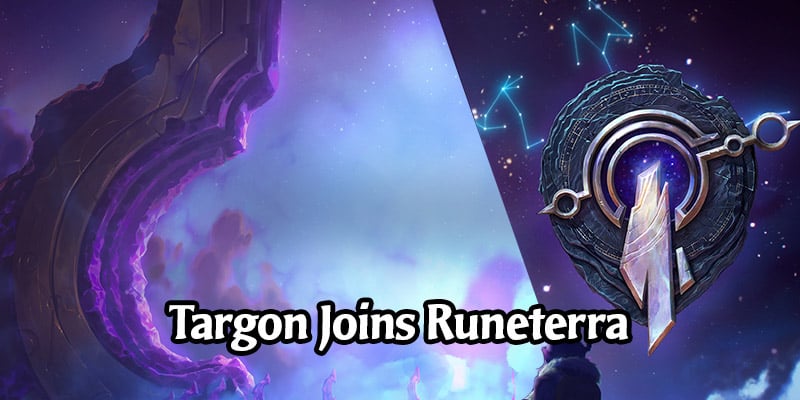
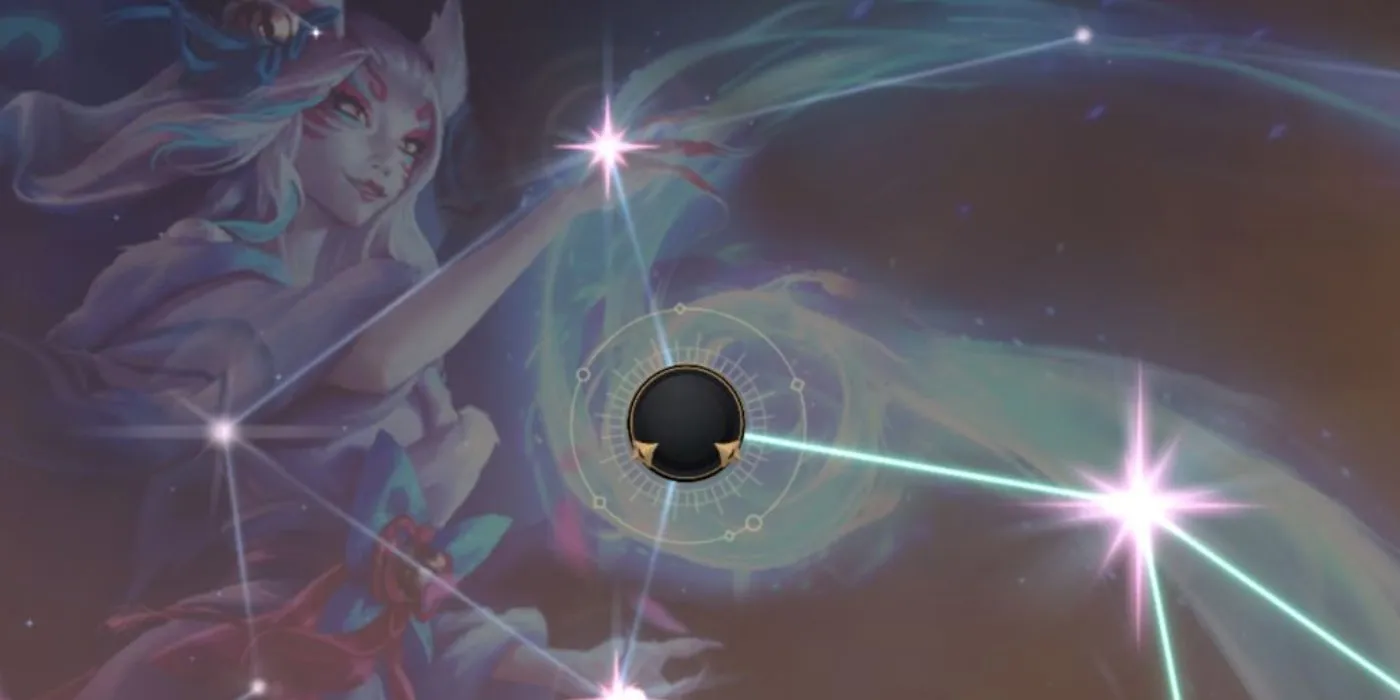
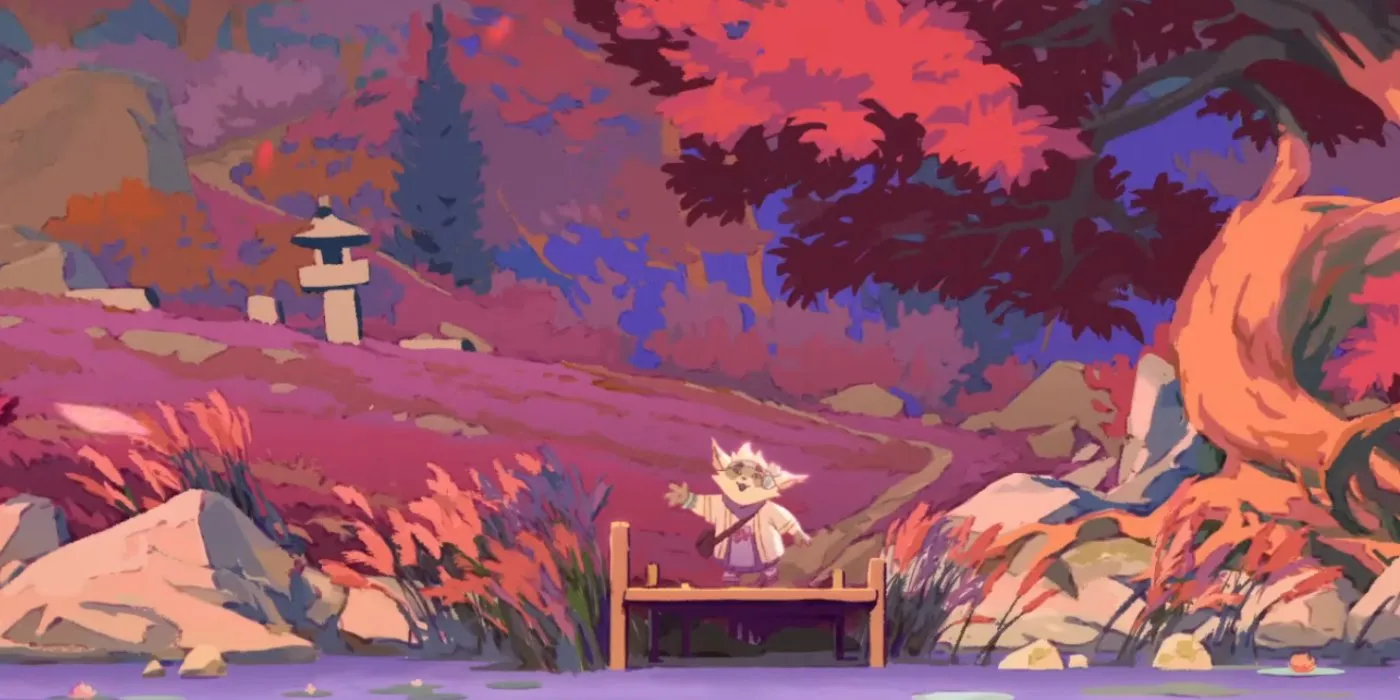
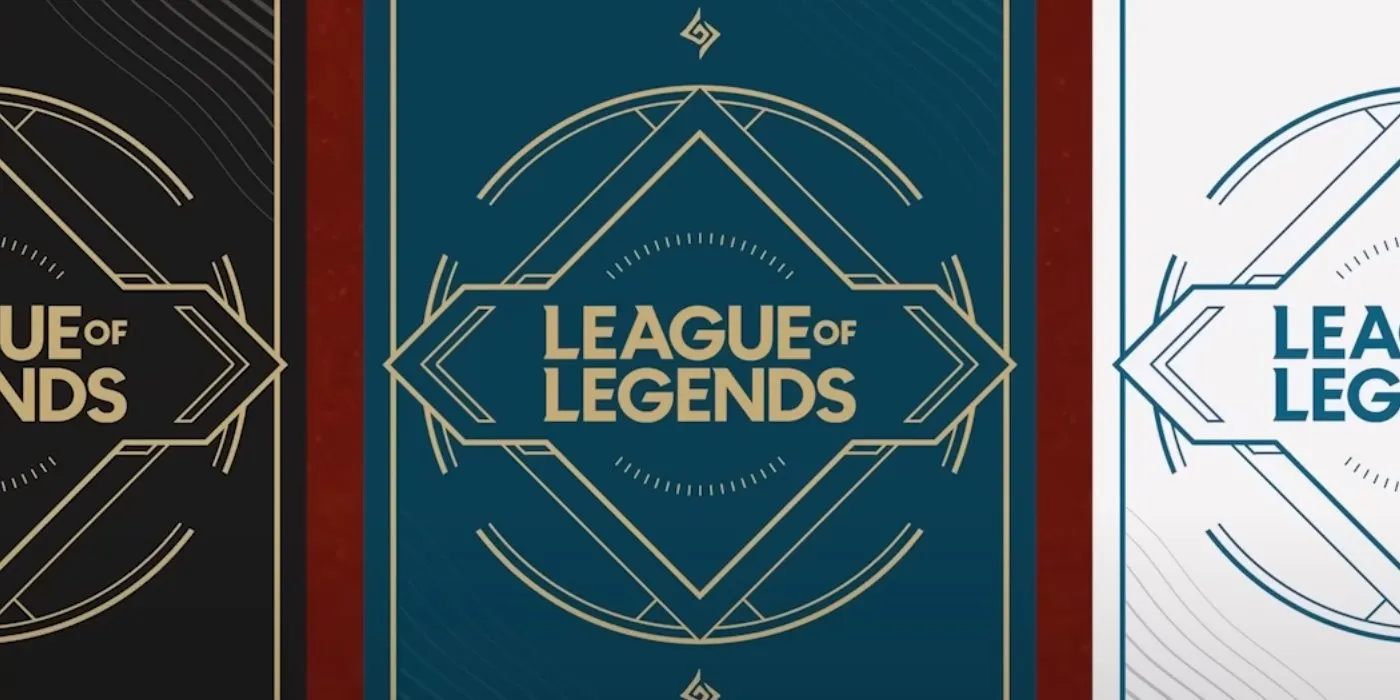
Comments
I'm expecting the first release of the expansion to be quite nice due to the 7 champions you got some diversity, but the second and 3rd set have such small champion pools that i'm just expecting alot of mirror matches with small variations during those days since every1 is probably gonna want to play the new cards.
Don't forget that 2nd and 3rd expansions include 40 cards each,
so beside 3 champions we get 37 other cards -
which may or may not shake the meta with new possibilities for already existing decks / archetypes.
Yeah its a may or may not.
Would be nice to see some yeti/poro or puffcup support.
I don't think so. It multiplies the combination probabilities. Also, that's not the reason of the mirror matches, it is just because of netdecks.
Yeah i thought about combination possibilities but some legends have less combination options than others which could be the case for new cards released in the sets, if you look at Maokai and Nautilus sure you can combine it with other legends instead of those 2 together but the most obvious and strong option for that deck is to combine those 2 together and that is the most likely version you're gonna face.
And mirror matches can have multiple reasons why they can occur they don't have to bound by 1 reason.
The novelty of new cards is 1 reason why mirror matches can occur as well, multiple players that want to experiment with the newly released cards.
the probabilities you and me building all same homedeck is so less and even 1 card is different than yours, its not a mirror match because it may become advantage at some point. So yes, mirror matches are just because of netdecks.
''with small variations'' practically mirror matches i literally said that in my first comment.
Sounds awesome. I'm ready!
I have to admit i'm pretty exited
I'm also curious, and wish good luck to the expansion. ;)
OMG, i feel like the LoR teamd esign is doing the things pretty damn good, Very excited to see the new set
I am really looking forward to having a new set of cards available for each ranked season. It seems like a simple thing, but it will make each one feel special.
Yeah completly agree. The idea of spreading out the release and having new cards every two months seems great,add to that a balance patch in the off months and every month is a very diferent meta.
Finally!
Finally some info!
And card reveals start tomorrow!
Targon's finally revealed! It's sad that they didn't reveal any cards, but finally knowing when Targon is coming and that we'll have reveals starting tomorrow is amazing.
That means Leona is coming <3 <3 <3 I was gonna buy three copies of Miss Fortune with my Wildcards, but never got around to it; now I can buy Leona instead!
I hope she's Stun-related and has good support for that, so I can pair her with Yasuo. It'll be hard to pull him away from Noxus, though.